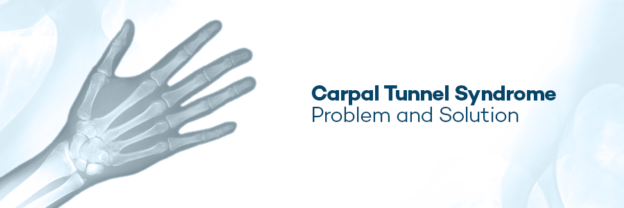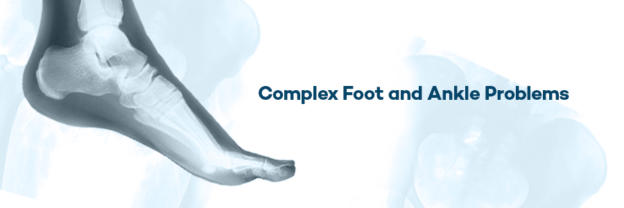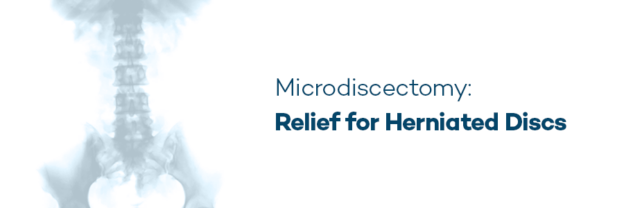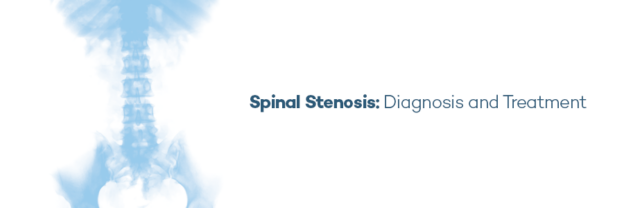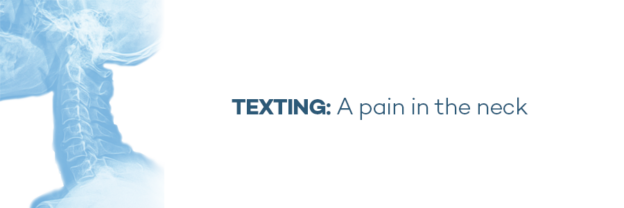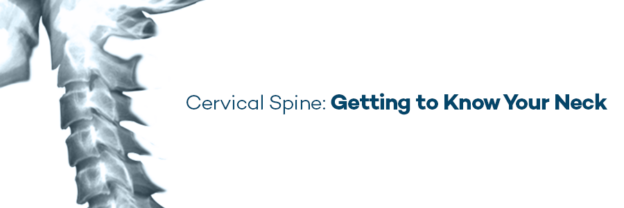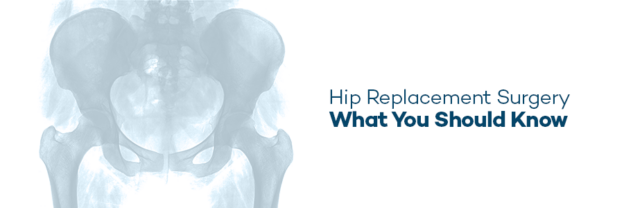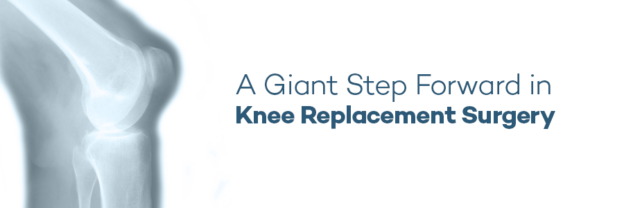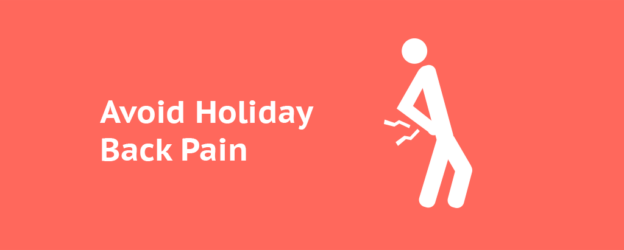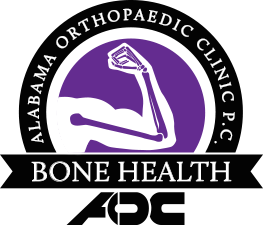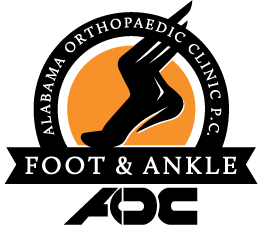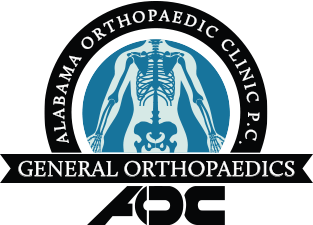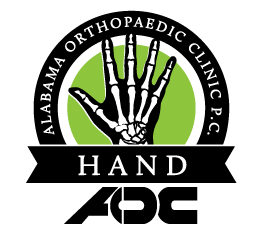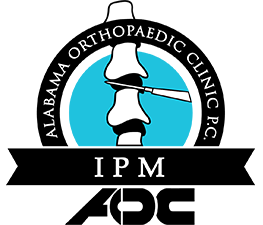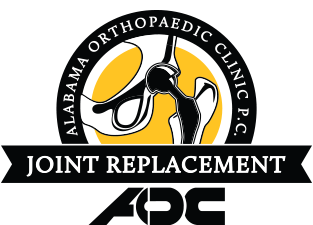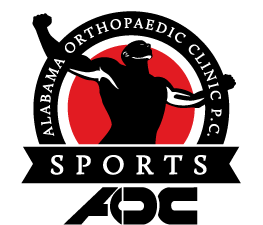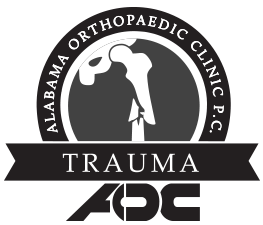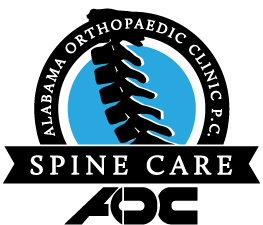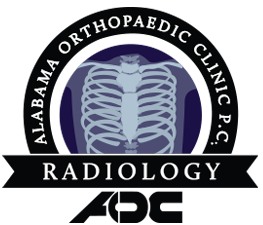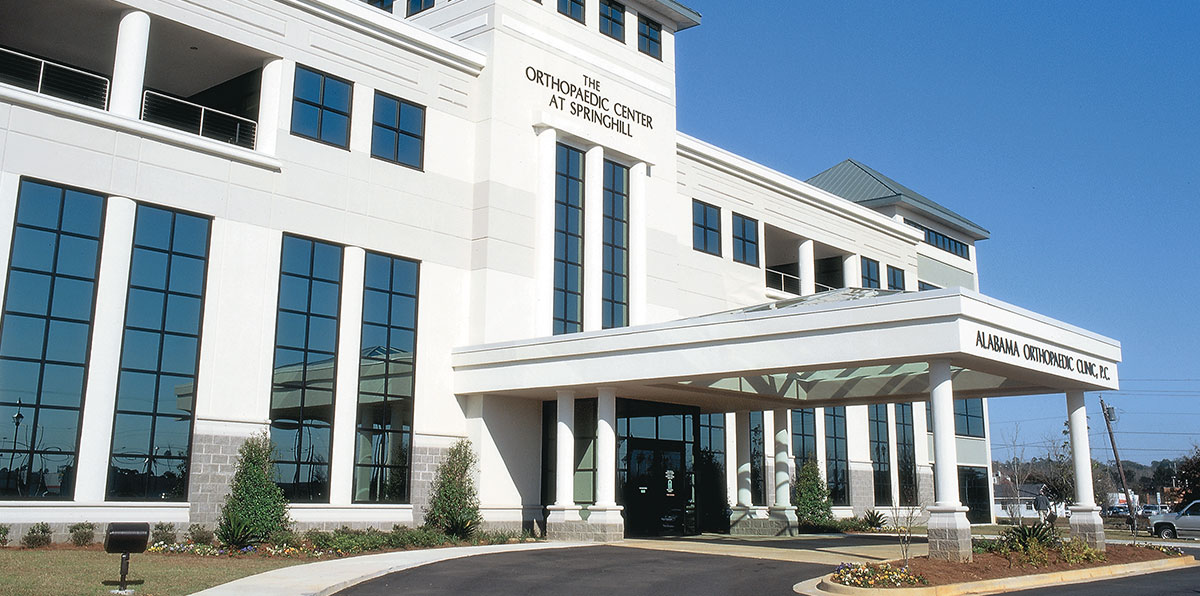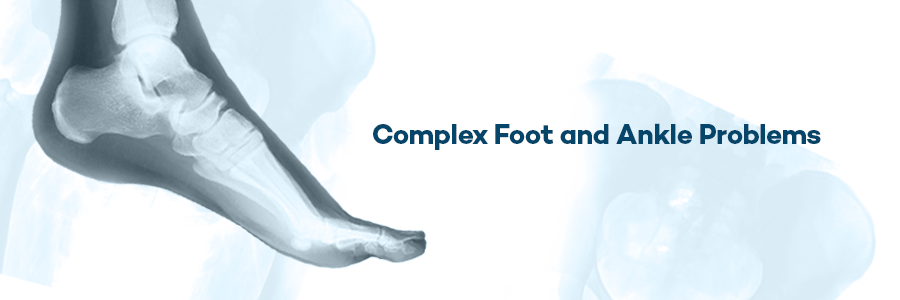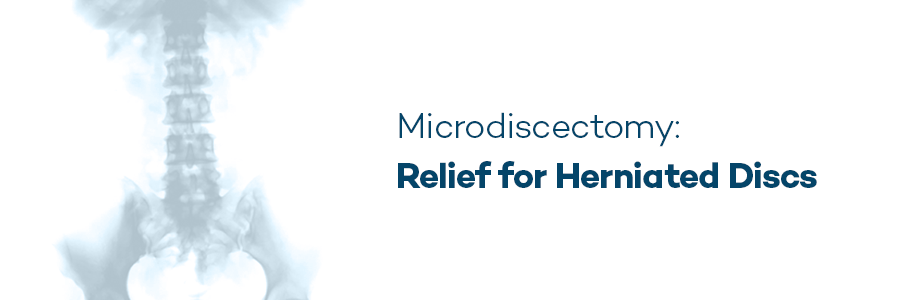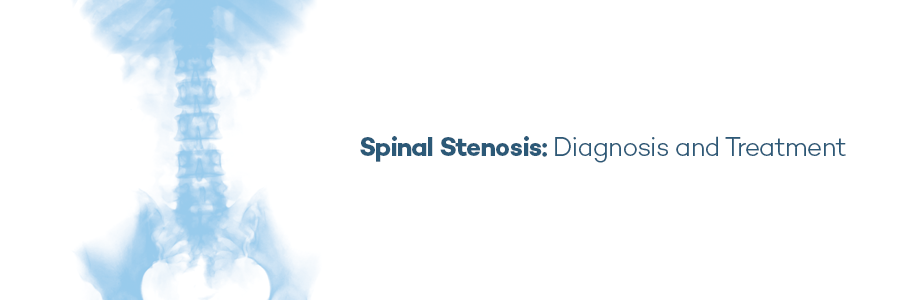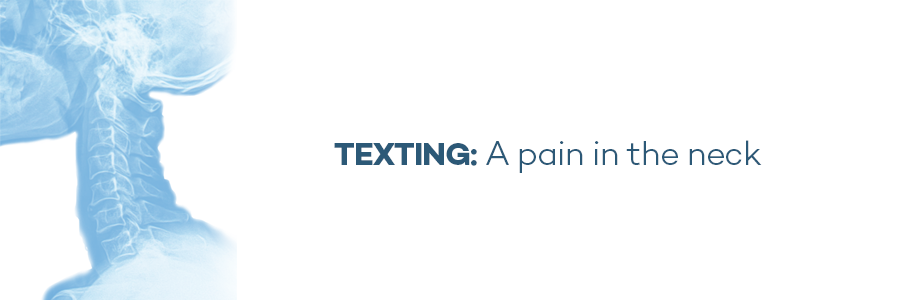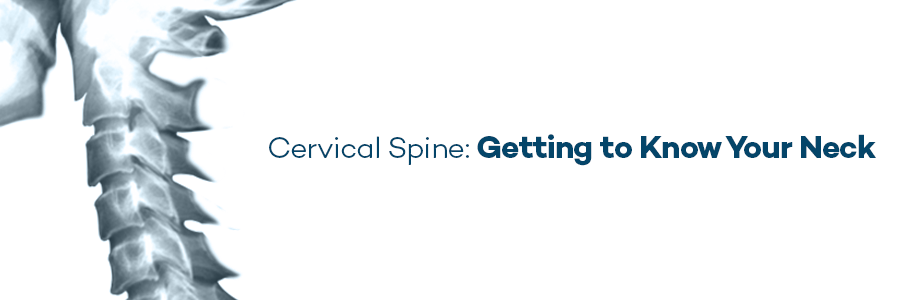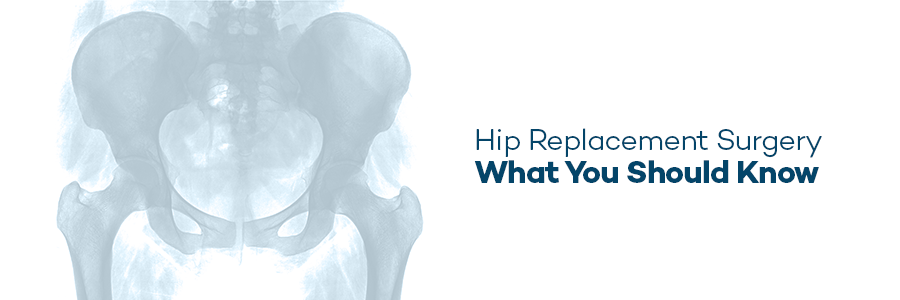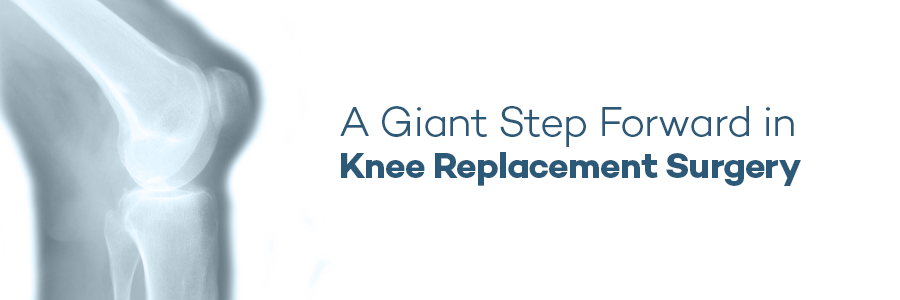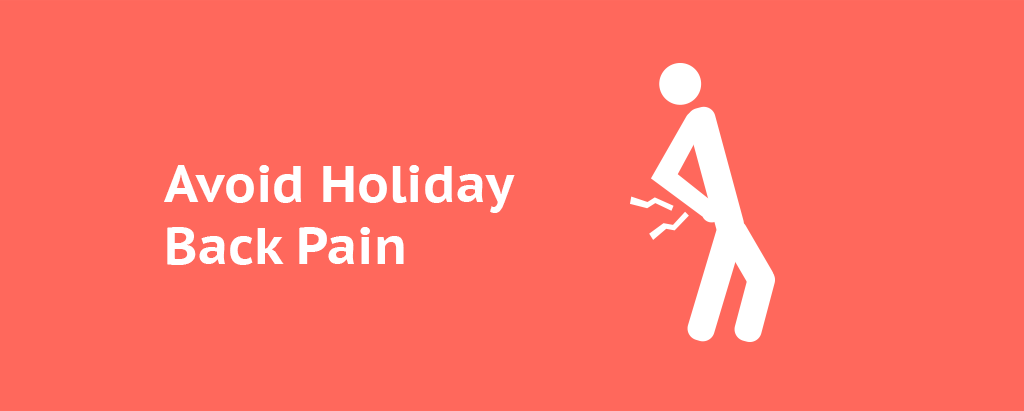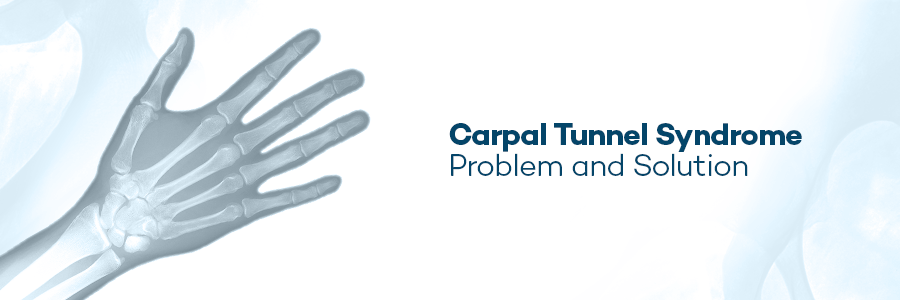
Carpal Tunnel Syndrome (CTS) is a condition brought on by increased pressure on the median nerve at the wrist. In short, it’s a pinched nerve in your wrist. Symptoms may include:
• Numbness
• Tingling
• Pain in the arm, hand and fingers
There is actually a space in the wrist called the carpal tunnel where the median nerve and nine tendons pass from the forearm into the hand. CTS happens when pressure builds up from swelling in this tunnel and puts pressure on the nerve. And when the pressure from the swelling becomes great enough to disturb the way the nerve works, you will start to feel that numbness, tingling, and pain in the arm, hand, and fingers.
Normally, the numbness or tingling most often takes place in the thumb, index, middle and ring fingers. These symptoms are usually felt during the night, but also may be noticed during daily activities such as driving or reading a newspaper. And as this progresses, patients may notice a weaker grip, occasional clumsiness and a tendency to drop things. As it goes untreated, sensation may be permanently lost and the muscles at the base of the thumb slowly shrink causing difficulty with the pinch.
The Hand Team of AOC is proficient in Carpal Tunnel Release Surgery. Understanding that this disorder is one of the most commonly caused absences from work, the board certified Hand Team of Dr. William Crotwell, Dr. Suanne White-Spunner, and Dr. Jared Burkett use the most up-to-date procedures to get your life quickly back on track. For more information, call 251-410-3600 or visit us at alortho.com.
